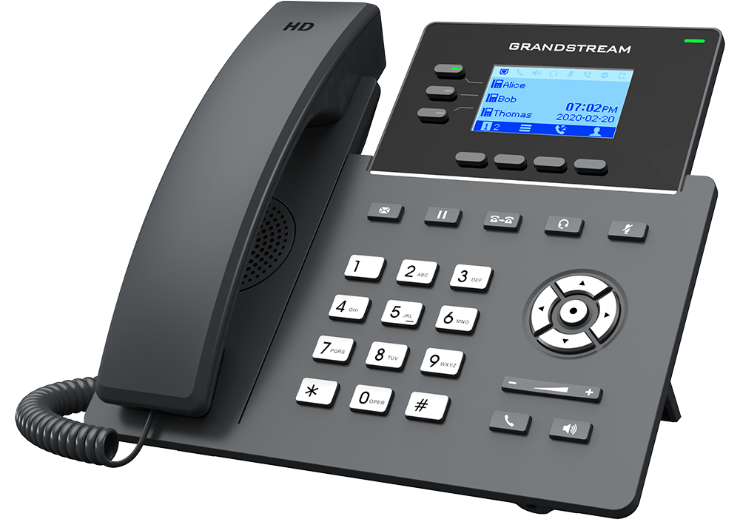History of SIP Trunking

How did we get here?
SIP trunking is a key part of the growth in the use of VoIP across businesses of all sizes as it allows VoIP calls to be made and received using a traditional DID. Its creation is the result of the creation and growth of the telephony industry, advances in technology and growth in the use of VoIP.
To understand why we use them we must first understand how we got to where we are.
The Telephone
Without the invention of the telephone there would be no SIP trunking or VoIP. The first successful telephone call was made on March 10th, 1876 by Alexander Graham Bell to his Thomas Watson. While the call was short it provided the base from which modern day telephony will grow from.
The Mathematical Theory of Communication
A paper and later a book by mathematician Claude E. Shannon, The Mathematical Theory of Communication provides the initial theory of converting analog to digital and back again. Shannon’s theories provide the groundwork for which Internet Protocols including VoIP will be based on.
First VoIP Call
In 1974 the first voice call overran IP network is made by Danny Cohen using Network Voice Protocol (NVP) over Arpanent. This is the first VoIP call ever set in motion the VoIP industry.
The SIP Protocol Emerges
Session Initiation Protocol or SIP is designed by Mark Handley, Henning Schulzrinne, Eve Schooler and Jonathan Rosenberg in 1996. In 1999 the SIP protocol was standardized as RFC 2543. The creation of SIP provides the standard of which SIP Trunking will operate.
VoIP Software
In 1995 the first VoIP software that can be used on home computers is released making VoIP technology available to everyone. It will be followed by the release of other VoIP softwares such as Asterisk (1999) and Skype (2003) in the years that follow.
Interoperability
SIP is the industry standard protocol for voice and is supported by wide variety of VoIP equipment, including IP PBX systems, VoIP phones and VoIP gateways. This makes for easy interoperability between SIP trunks and the hardware you recommend to your customers.
Voicemail
SIP trunking services support advanced voicemail features included in IP PBX systems, such as voicemail to email, allowing your customers to access their voicemail when mobile.
Cable and DSL
Starting in 1999 use of cable and DSL connections for internet services vs traditional analog PSTN lines increases allowing for faster internet speeds. Faster internet speeds allow for expanded use of VoIP technologies and increases the demand to be able to make calls between VoIP networks and traditional analog calls.
Today
As users started to migrate to VoIP to take advantage of the benefits and features, SIP trunking was developed to allow calls to be made between people who may be using different technologies. Without SIP trunking, users wouldn’t be able to dial a 10 digit number and make a phone call. VoIP calls would be restricted to internal networks and traditional analog lines would be required to make calls outside of the office.
Long live the SIP trunk!